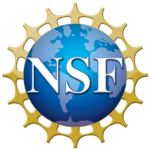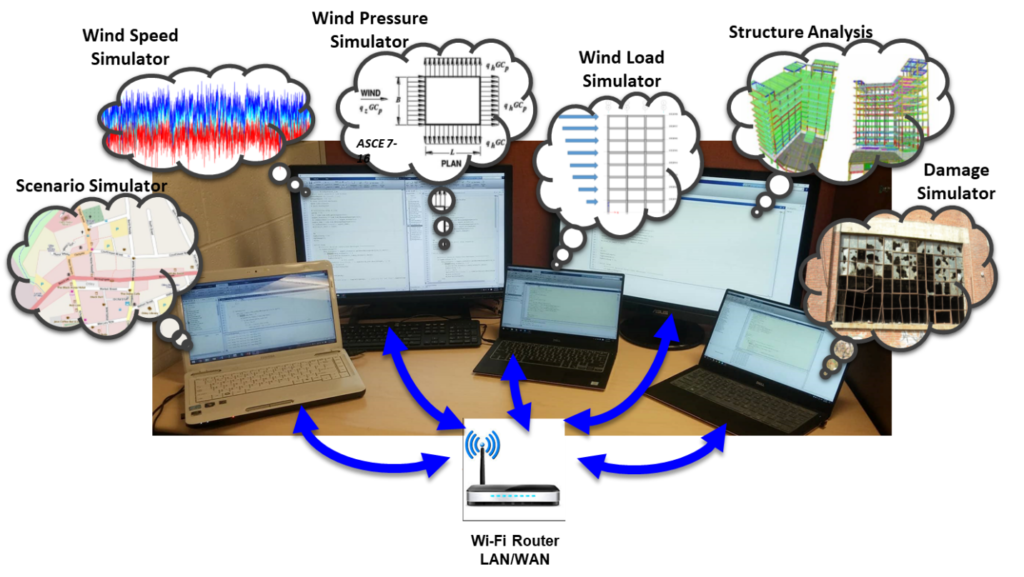Overview
Modeling the various aspects of a disaster scenario and the interactions that occur between them is necessary to create a meaningful and high fidelity simulation of the event. Using a publish-subscribe pattern for data management, a platform based on distributed simulation concepts is developed to address this challenge. The platform is designed to enable disparate models to interact together within the modeling environment. Each model, or simulator, represents one part of a disaster scenario and is viewed as a black box that subscribes to data from other simulators and/or publishes its results for other simulators to use. The framework is versatile and scalable and, as such, enables the developed system to grow through addition of simulators provided by other users. The new concepts are demonstrated through a case study of wind-induced progressive damage due to both the structural response of a building as well as external wind pressures.
References
Lin, S. -Y., Chuang, W. C., Xu, L., El-Tawil, S., Spence, S. M. J., Kamat, V. R., Menassa, C. C., McCormick, J. (2019). A Framework for Modeling Interdependent Effects in Natural Disasters: Application to Wind Engineering. Journal of Structural Engineering, 145(5).
Lin, S-Y, Xu, L., Chuang, W-C, El-Tawil, S., Spence, S.M.J., Kamat, V.R., McCormick, J.P., and Menassa, C.C. (2018), “Modeling Interactions in Community Resilience,” Proceedings of the ASCE Structures Congress, April 2017, Fort Worth, TX.

This project is supported by the United States National Science Foundation (NSF) through grant 1638186 (CRISP Type 2: Interdependencies in Community Resilience (ICoR): A Simulation Framework). Any opinions, findings, conclusions, and recommendations expressed on this site are those of the project team members and do not necessarily reflect the views of the NSF.


